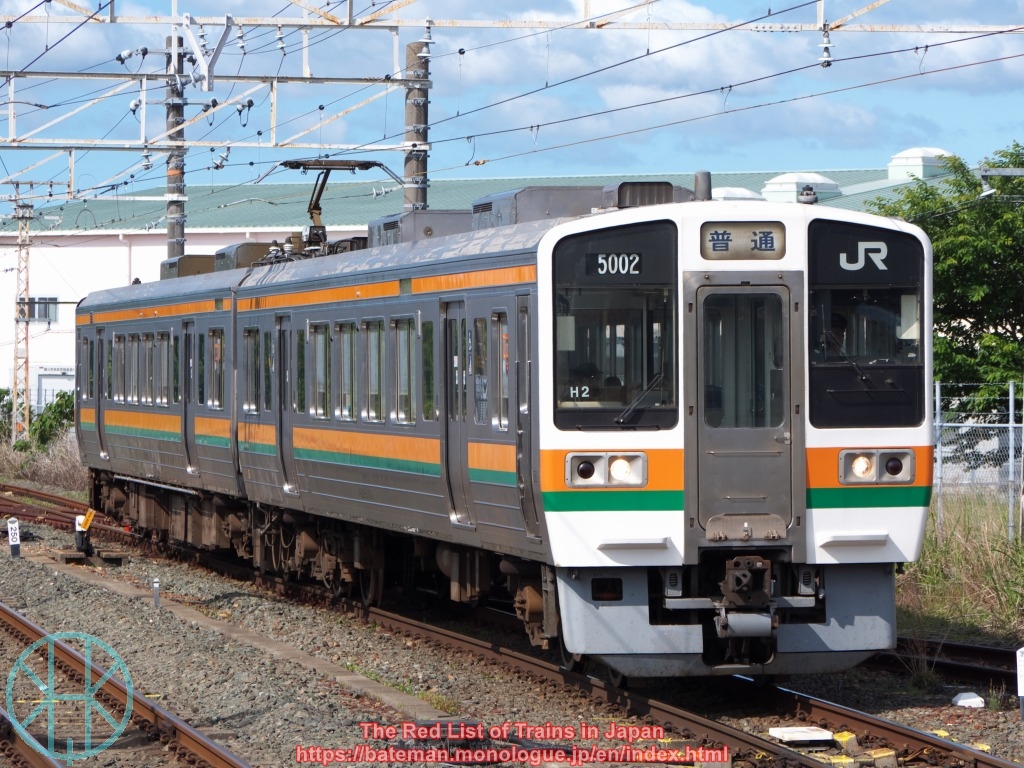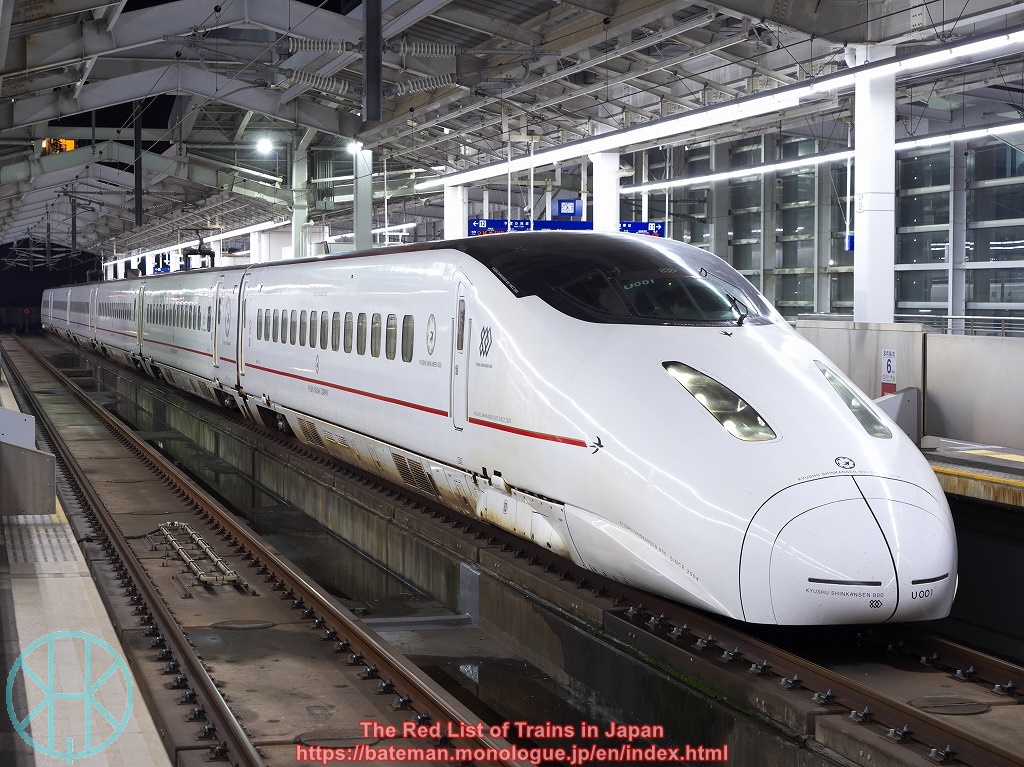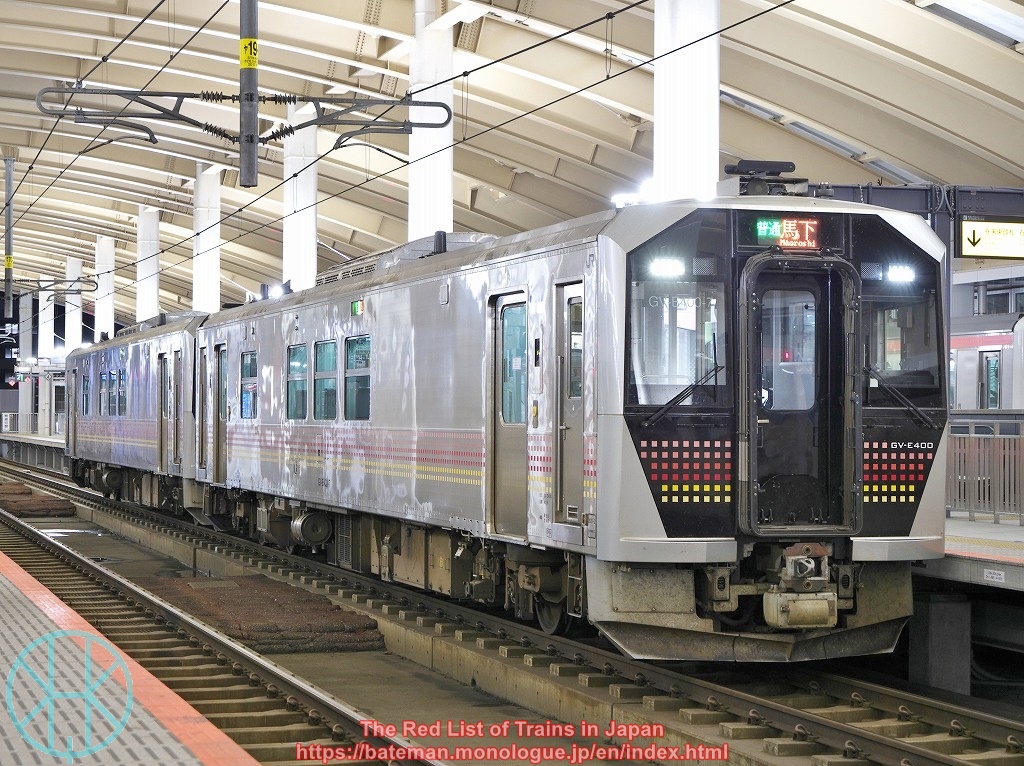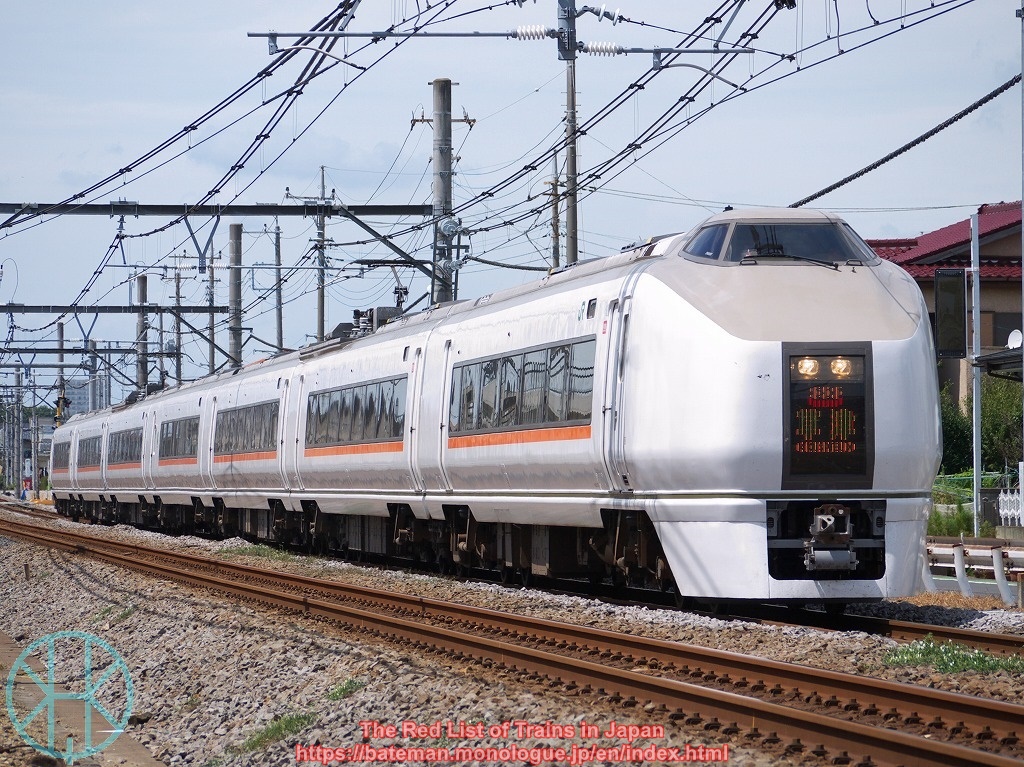There are many laws concerning the railway business in Japan, and Act No. 65 of 1900, commonly known as the Railway Operation Act might be interesting. Even though the law remains in force and has partly been amended in 2025, it is written in classical Japanese, making it hard to read for those unfamiliar with law or literature.
The law is short as it only contains around 50 provisions. It regulates basic rules concerning the operation of train services. For example, fares as well as terms and conditions must be published in advance (Article 3), and train operators may refuse to transport gunpowder and other explosive materials (Article 5). Those who board a train without a valid ticket may be fined up to 20,000 yen (Article 29), and those who asked for a donation, sold or distributed something or made a speech without permission may face a fine of no more than 10,000 yen (Article 35).
However, there are a few questionable provisions that might no longer fit for purpose. Here are three examples chosen by the author.
The "pushers" and the law
Trains in the Greater Tokyo Area are so crowded in the morning that it is common to see station staff pushing passengers onto an overcrowded train. However, Article 26 of the law stipulates that "Any railway staff member who forcibly let passengers onto an overloaded train shall be punished by a fine of up to 20,000 yen". Do the station staff in the Greater Tokyo Area violate the law every morning?
The answer is no. Railway companies and the authorities have interpreted the law that it does not prohibit passengers from voluntarily boarding an overcrowded train, and the staff are regarded as "merely" assisting them. No railway employees have been charged with the violation of Article 26 for decades, indicating that this provision is no longer effectively enforced.
COVID-19 and trains
Article 4 paragraph 1 of the law stipulates that "Any patient with an infectious disease may not board a train except in accordance with rules prescribed by the Minister of Land, Infrastructure, Transport and Tourism. According to Article 41 of the law, anyone who violated Article 4 or concealed the disease shall be punished by a fine of up to 20,000 yen, and fares already paid will not be refunded.
Thus, any COVID-19 patient who knowingly boarded a train technically violated the law, but there has been no report of such incidents. To be exact, there were in fact a few people arrested on a train or at a station whilst having infected with COVID, but they were charged with severer offences such as Forcible Obstruction of Business (Article 234 of the Penal Code). For example, Yomiuri Shimbun reported in January 2022 that a 20-year-old man was arrested after threatening other passengers on a Tokaido Line train with COVID, causing a 15-minute delay.
Use of firearms
According to Article 39 of the law, anyone who discharged a gun shall be punished by a fine of up to 20,000 yen. Needless to say, another law regulates the case and thus the Railway Operation Act is almost never used. Act for Controlling the Possession of Firearms or Swords and Other Such Weapons strictly regulates the use of firearms, and Article 3-13 stipulates that unless certain conditions are met, nobody is allowed to discharge a gun at public spaces including roads, parks, stations, theatres, department stores as well as trains and buses. Article 31 provides anyone who violated Article 3-13 shall be punished by imprisonment of more than three years or even life imprisonment, even if no damage to life or property is caused.
Before 1958, Article 39 of the Railway Operation Act did play an important role, but after the Act for Controlling the Possession of Firearms or Swords and Other Such Weapons was promulgated, the Railway Operational Act might no longer be needed in this context.
The Railway Operation Act is an old law, so it is no wonder why many of its provisions now sound outdated. When it comes to serious offences, other laws are likely to be applied with even harsher penalties. Nevertheless, the Railway Operation Act is still valid today, and thus all railway users must comply with the law.































.jpg)














.jpg)








